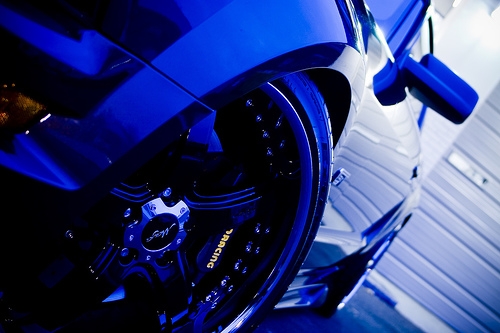
Although belted tires have been phased out, according to Firestone Tire Co., there are many drivers who prefer those to the newer radial type. There are pronounced differences between the two styles, however.
In belted tires, the plies--or layers of rubber--run 45 degrees to the center line of the tire tread, according to Coker Tire. In radial tires, the plies run at 90-degree angles to the center line of the tread.
The sidewalls of radial tires are more flexible than those of belted ones because of the direction of the plies. This also increases maneuverability of the tires.
The aspect ratio, or comparison of the height and width of the tire cavity, is lower in radial tires than in belted ones. This makes them more responsive in overall handling.
Because they have better contact with the road and a radial construction that provides even wear, radial tires have a longer life and are more durable than belted tires.
While radial tires generally cost more than belted tires because of their construction, the price is compensated by their construction, maneuverability, dependability and life span.